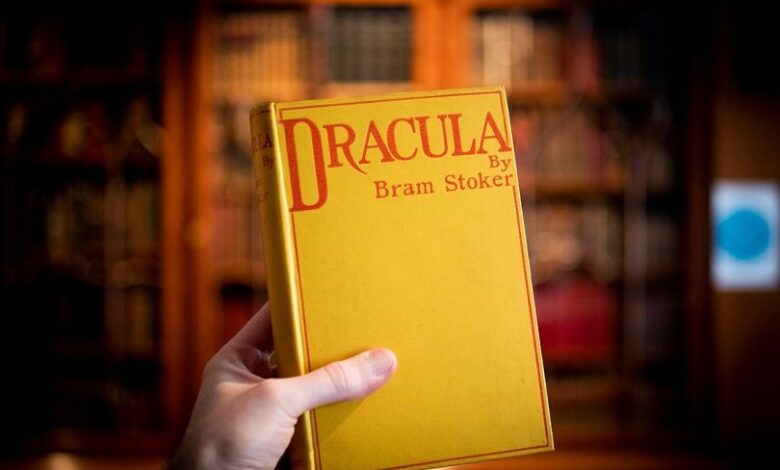Unveiling Dracula: The Origins and Legacy of Bram Stoker’s Masterpiece

In January 1896, a journalist from Atlanta reported that “Stoker’s next book will be about ghosts.” That’s it. Nothing more. Two months later, Abraham Stoker delivered a large bundle of typed pages to Archibald Constable’s office, with words corrected in pen here and there. It would be untrue to say that the publisher was very enthusiastic about this book. They weren’t even willing to give Stoker a single pound as an advance. The contract stipulated that the first edition would print three thousand copies, and the author would receive only one shilling per copy sold. They would reconsider if a second edition was needed. It took a year for the contract to be finalized.
On March 20, 1897, it was decided that Stoker’s new novel would be published that same year. The original title was “The Un-Dead.” However, while reviewing the galley proofs, Stoker changed the novel’s title on his own. He wrote the name of one of the characters in large letters on the side of the typed page. This would become the name of his greatest work.
He named the book “Dracula.”
From 1897 until today, Bram Stoker’s “Dracula” has never been out of print. Since its publication, it has continuously enticed readers into an unknown world—partly known, but mostly mysterious. Combining Transylvanian folklore, the realm of the undead, love, history, blood-sucking vampires, wolves, giant bats, and sudden plot twists, it has become the ultimate Victorian potboiler. Even those hesitant to call it a great novel admit that very few stories are told so well. Bram Stoker revolutionized horror fiction, creating a terrifying, spine-chilling narrative. Or perhaps I should correct myself. For the first time in the English language, a horror story emerged in which the author himself did not write a single line. The entire book is a compilation of various journals, diaries, and letters, meticulously curated by Stoker. At the beginning, the author dispassionately notes, “How these papers have been placed in sequence will be made manifest in the reading of them.” This is Stoker’s only direct intrusion before the story begins.
Stoker pulled from vampire myths wherever he could. The notion of driving a wooden stake through a vampire’s heart first appeared in a cheap ghost story, “Varney the Vampire,” written in 1845. The same method was mentioned in Le Fanu’s 1872 story “Carmilla.” English folklore included using garlic to ward off evil spirits, and ancient Transylvanians believed that ghosts’ or spirits’ reflections did not appear in mirrors—a trait Stoker applied to vampires. However, although Dracula was inconvenienced by sunlight, he was not afraid of it. In the novel, he is seen in sunlight several times. Later films exaggerated this to the point where some depicted vampires disintegrating in sunlight. But yes, Stoker was the first to suggest that if someone died from a vampire’s bite, they too would become a vampire.
This idea birthed the famous Dracula enigma. Was Dracula real? Were Jonathan Harker, Lucy, Mina, Dr. Seward, or Van Helsing real? This question spurred Leslie Klinger to investigate in his almost legendary book “The New Annotated Dracula.” He traveled the same path Jonathan Harker once took by horse-drawn carriage towards Count Dracula’s castle, stayed in the same hotel where Harker spent a night, and ultimately discovered something astounding. In Rajshekhar Basu’s words, “Everything is there. Everything is true.”
Today marks the anniversary of this book’s publication, along with the cover of the first edition. It seems rather dull. Indeed, the cover doesn’t always do justice to what lies within.
This article was originally written in Bengali by Kaushik Majumdar and translated into English by Inu Etc.



